Yarn refers to the continuous length of fibers. These fibers are interlocked and help in producing fabrics like crocheting, and embroidery. Yarn offers both fabrics knitting and weaving. Be it natural or synthetic, yarn is well-made of different fibers. This article will take you into providing an overall glimpse of the spinning technology of yarn.
Table Of Contents
What is Yarn?
The yarn consists of twisted stranded material. Here, each strand is a fiber made shorter form. With a collection of short fibers spun together creates a better longer filament in making the yarn. There is a spun yarn and filament yarn. The spun yarn gets made by twisting the staple fibers in a twist shape of S and Z. It makes a single thread.
The twisting process is well-known as the spinning process. The spinning process is the first one to get industrialized. It contains a single fiber type. Apart from this spun yarn, there is also a filament yarn that gets twisted together. It can be a mono (one) filament or a multi (more than one) filament composed.
How is Yarn made?
As we have said before, the spun yarn gets created through a spinning process. It is evident that not only the spun yarn but also any textile yarn gets created through the spinning process. In the spinning process, there is a machine or hand-used fibers where there are natural and synthetic materials. Yarn, being interlocked, is a thread-like material made by the spinning process. For yarn production, the source of fibers and filaments is important. Natural fibers come from plants and synthetic fibers are human made. Yarns are a blended version of different fiber types depending on the quality of the fiber.
Yarn Manufacturing Process

Yarn spinning refers to the process of fiber making and converting it into yarn. Among the three spinning processes, these are major named cotton, worsted, and wool. The spinning process has been the converting raw materials process. However, there is a total of 6 to 7 steps in the manufacturing process. In the last step, there is a requirement for spinning technology.
In manufacturing yarn, the explanation of the spinning stage is here below:
SPINNING STAGE
In the spinning stage, the commercial system is the ring spinning and the spinning of the open-end. Ring spinning requires the roving to get fed from the spool. This is through the rollers. The rollers try to elongate the roving. Also, the roving passes through the eyelet and traveler. Every minute, the traveler moves freely at around 4000 revolutions. There is a spindle that turns the bobbin. It also turns the bobbin and traveler movement twists.
In the spinning of the open end, there is an omission of the roving step. A fiber silver gets fed into the spinner. A rotary beater delivers the silver. It separates the fibers.
Modern Spinning Technology
There are several conventional as well as modern spinning technologies. The spinning method makes entry into the rotor spinning mills named as Open-End Spinning. They are as follows:
Rotor Spinning
_1699550844.jpg)
The alternative to the rotor spinning is the ring spinning. Ring spinning refers to short staple fibers. The rotor spinning revolves around creating a centrifugal airflow. That allows the fibers to get sucked off the opening roller. In recent years, fashion retailers use the marketing ploys as the ring spun.
Air Jet Spinning

.0
Air jet spinning comes from the yarn structure. It resembles the fasces by the praetorian guard. The air jet spinning system makes use of the false twist. The fast-revolving air jets have consequences in the fibers on the extreme side. It escapes the twist and receives a real twist. It has low strength and elongation. The end uses and the softness is good.
Friction Spinning

Friction spinning system refers to the rotation of the carding drum. It opens silvers into the single fibers. The fibers get stripped off the carding drum. The mechanical friction twists the fibers on the drum’s surface. It joins an open end of the yarn. It also introduces the collection of fibers. The yarn is then wound onto the cone.
Vortex Spinning

This spinning technology is the best explanation of the air jet spinning development. It makes use of air jets for the twisting of the yarn. The ability is to produce yarn up to 400m per minute. The advantages are low maintenance, the cost is limited, and there is an automated piecing system. There is also an elimination of the roving frame.
Compact Spinning

Compact spinning is an effective development of ring spinning. It produces good-quality yarn. It is an improvement on the ring-spun staple yarns. This system has been a great contribution to the cotton yarn system. For any coarse count, it is an unnecessary complication. The demand for this quality is about to grow in the future.
Siro-Spinning System

In the Siro-spinning system, the hairiness gets reduced. Here, the surface fibers are better trapped. In this system, twisting and plying are removed as well. But the problem with this spinning system is that the yarn is not well-balanced. Siro-spun yarns are not common among the worsted spinners. But the technology has become an adoption by the spinners of cotton yarns.
Future of Spinning System
There will be a time when the spinning system will continue to be automated and integrated as the manufacturing part. Spinning machines are already developed in nature. These machines combine both carding and drawing functions. The production rates get increased by magnitude orders. Also, the spinning machine offers more spindles. The machines also have these features:
- Standard robot-controlled equipment.
- Maintaining strict environmental regulations
- Genetic engineering will be added.
- Synthetic fibers will get more development combining polymers
- Incorporating pollution prevention measures.
The spinning process focuses on technologies for both natural and man-made fiber sectors. There are drawings, carding, a blow room, and other equipment. There are some important settings in the German-based spinning process. They are:
- Precise operation
- Good quality level
- The influence of temperature changes
- Optimization of opening and cleaning processes.
- Effective treatment of fibers
The Switzerland-based spinning technology specializes in the spinning of the short staple. It becomes possible to spin yarn in systems of both rotor and ring yar. Depending on the short fiber, recycled yarns get manufactured using ring spinning. The more will be fiber integration the better will be the yarn tenacity.
The Italy-based spinning technology provides spinning for both woven and non-woven sectors. It connects a ring-spinning frame based on demand. The spinning solution increases space and reduces energy consumption.
Conclusion
A yarn that is spinning processed, takes, and twists fiber. The spinning method holds the fibers together and adds strength. The spinning methods aim at improving the rate of production. It drives many developments including the insertion method. It separates the yarn formation. There are common yet popular spinning technologies named ring, open-ended, and air jet spinning.

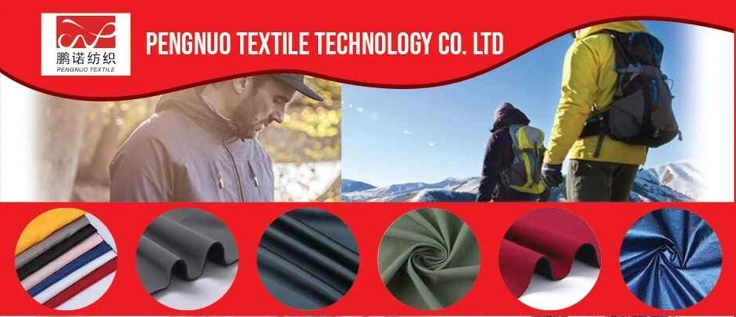
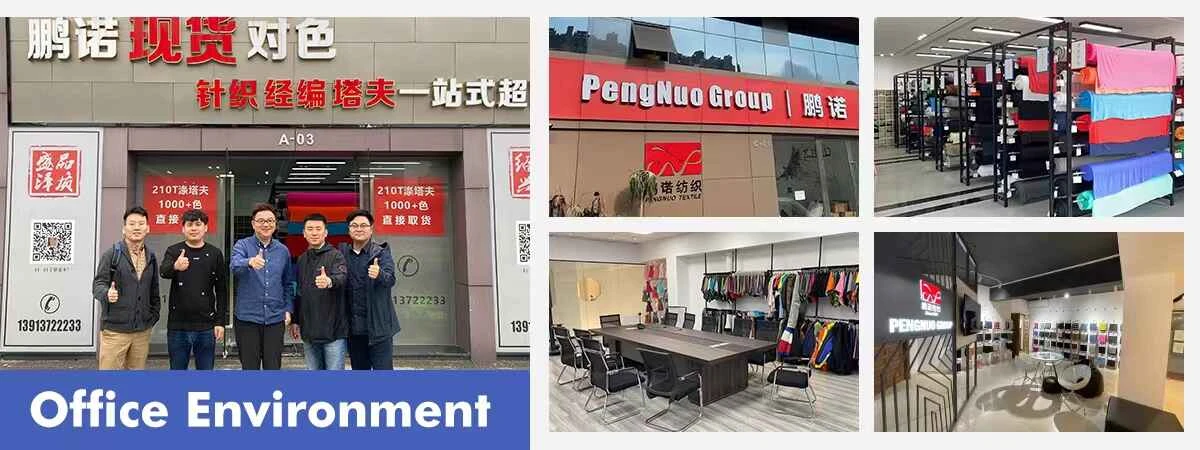


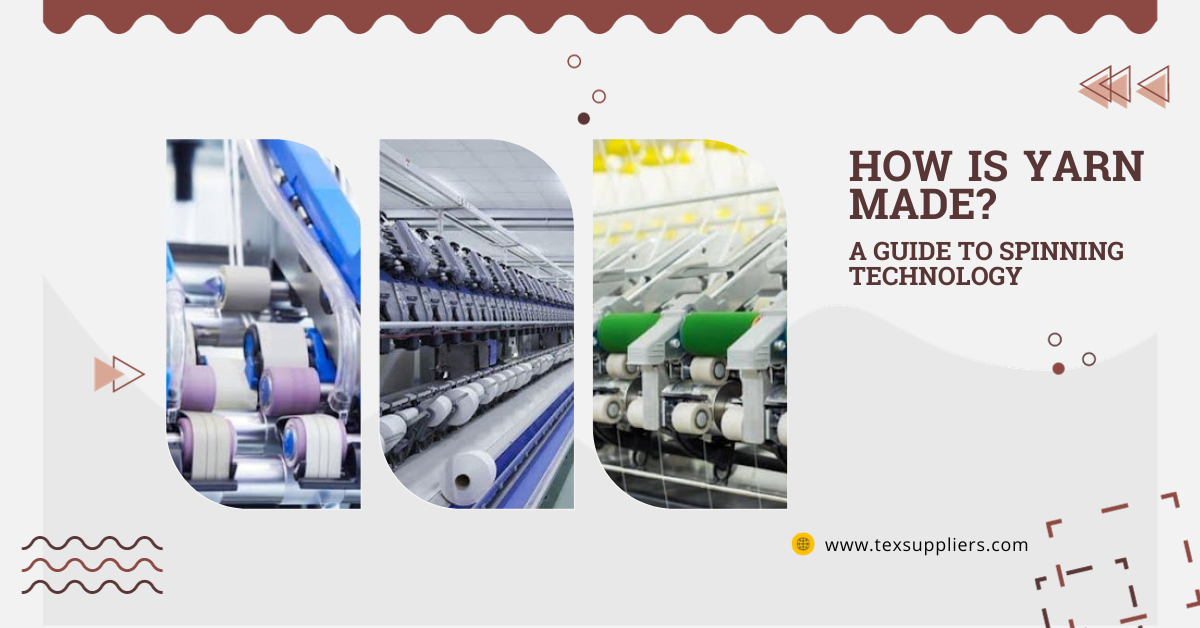

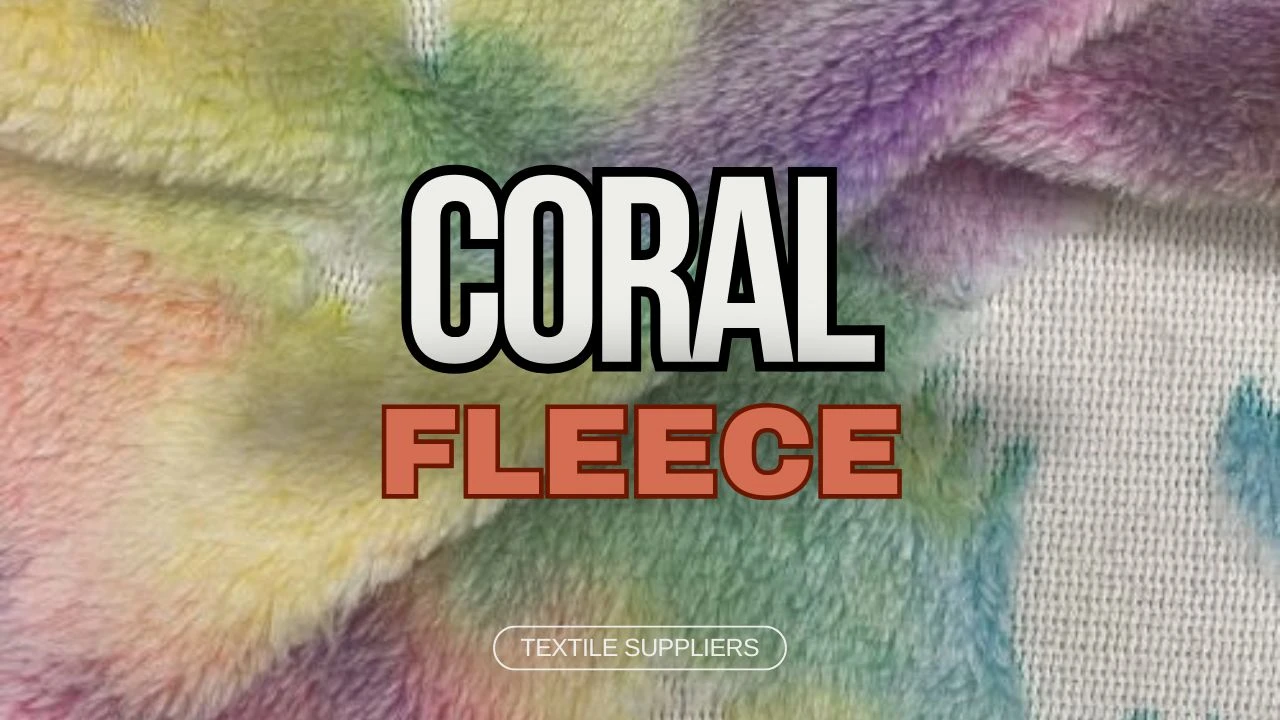
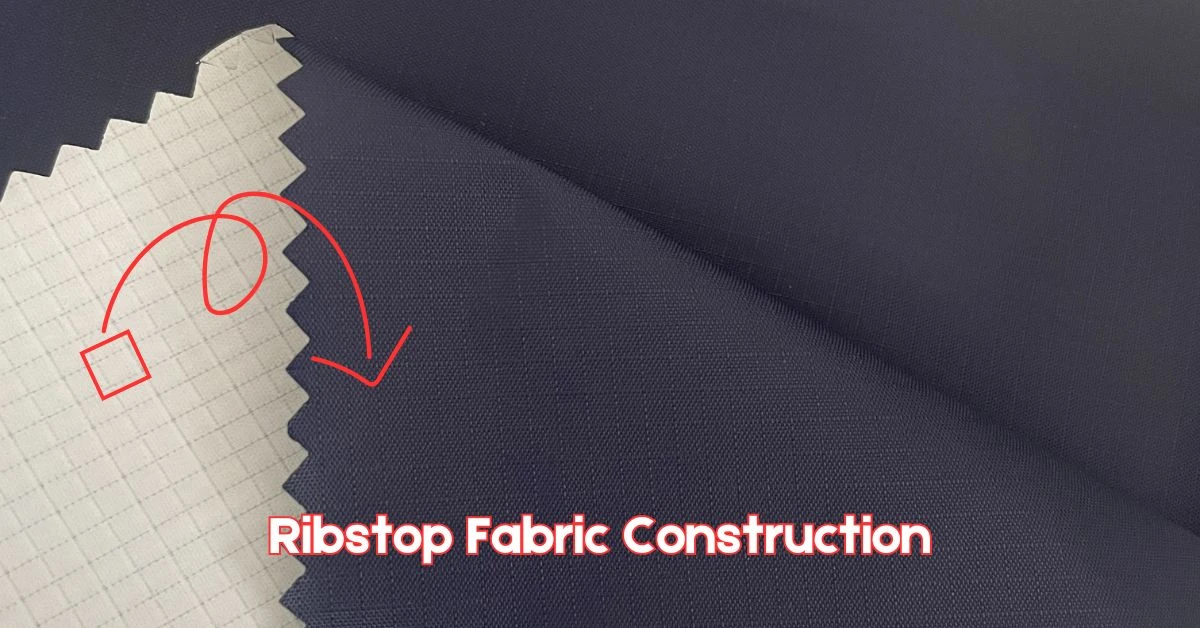

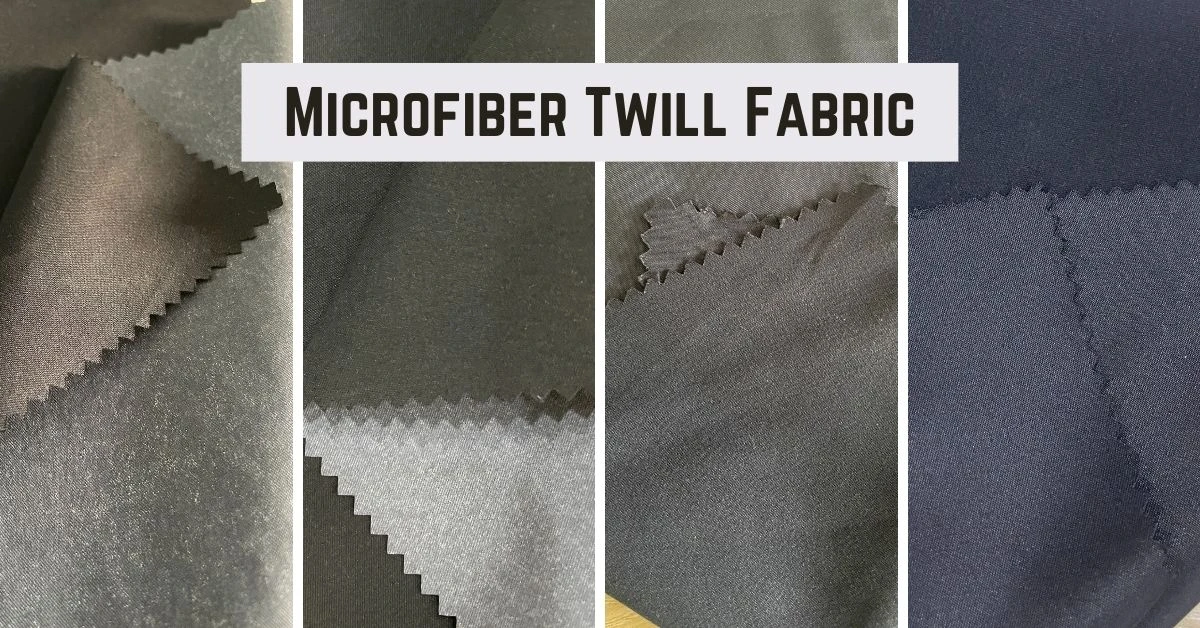

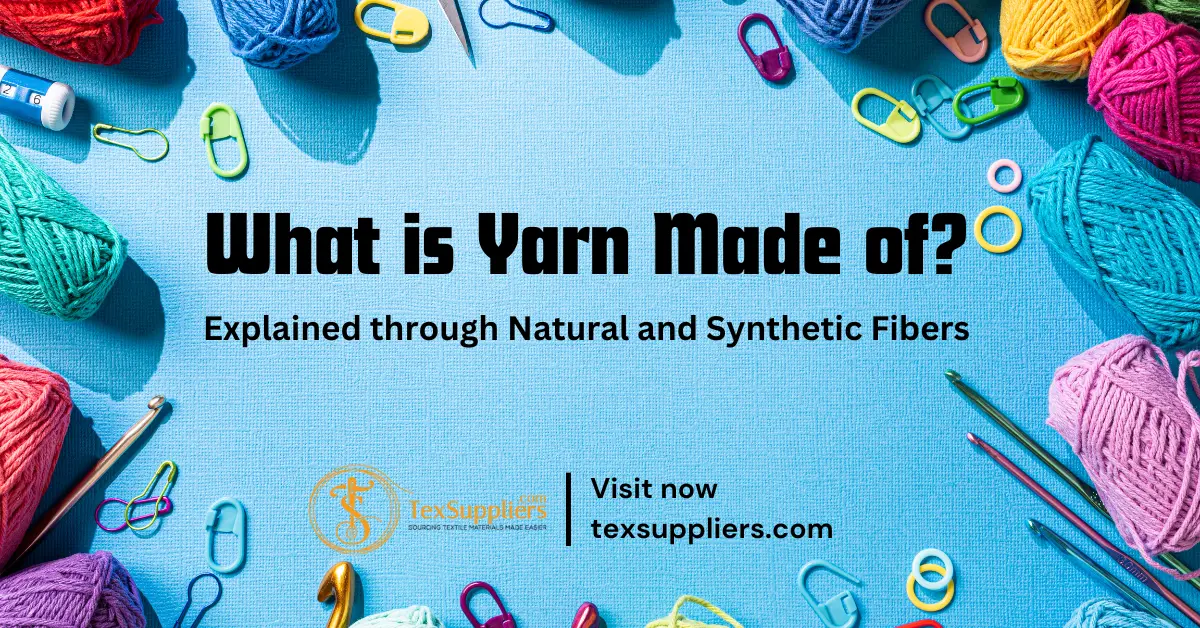
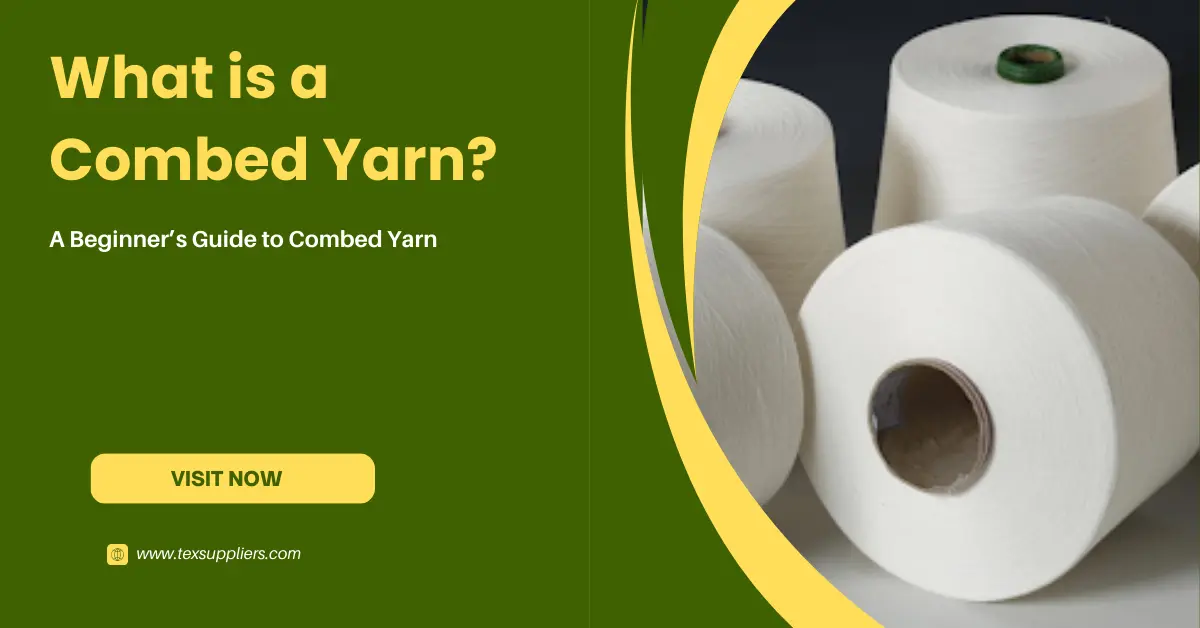
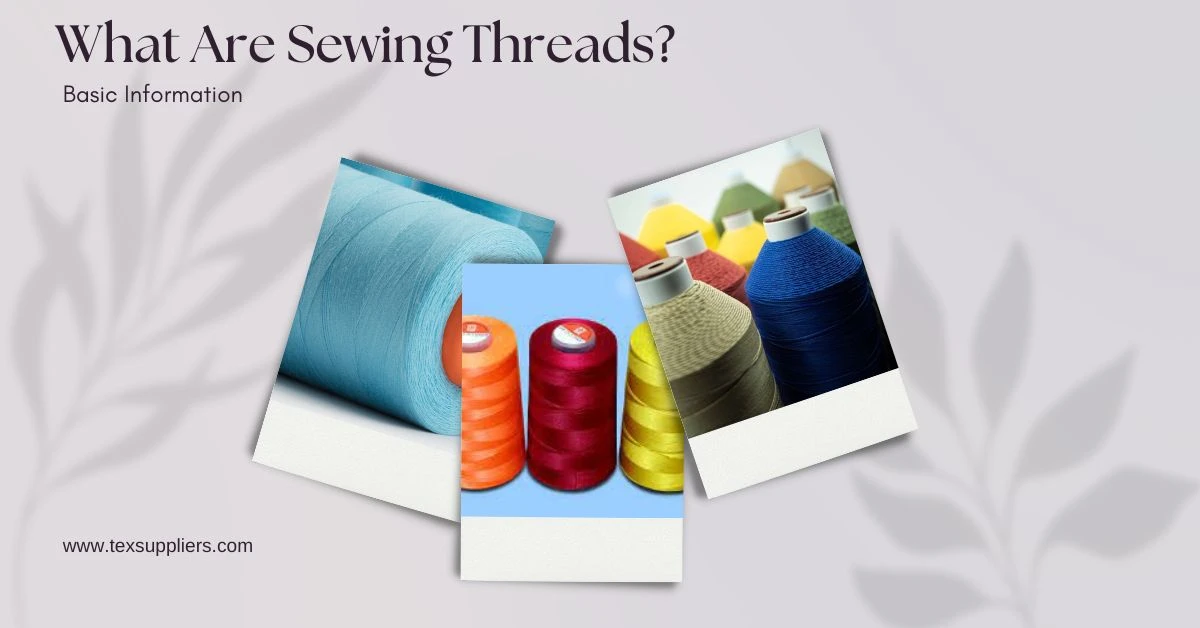

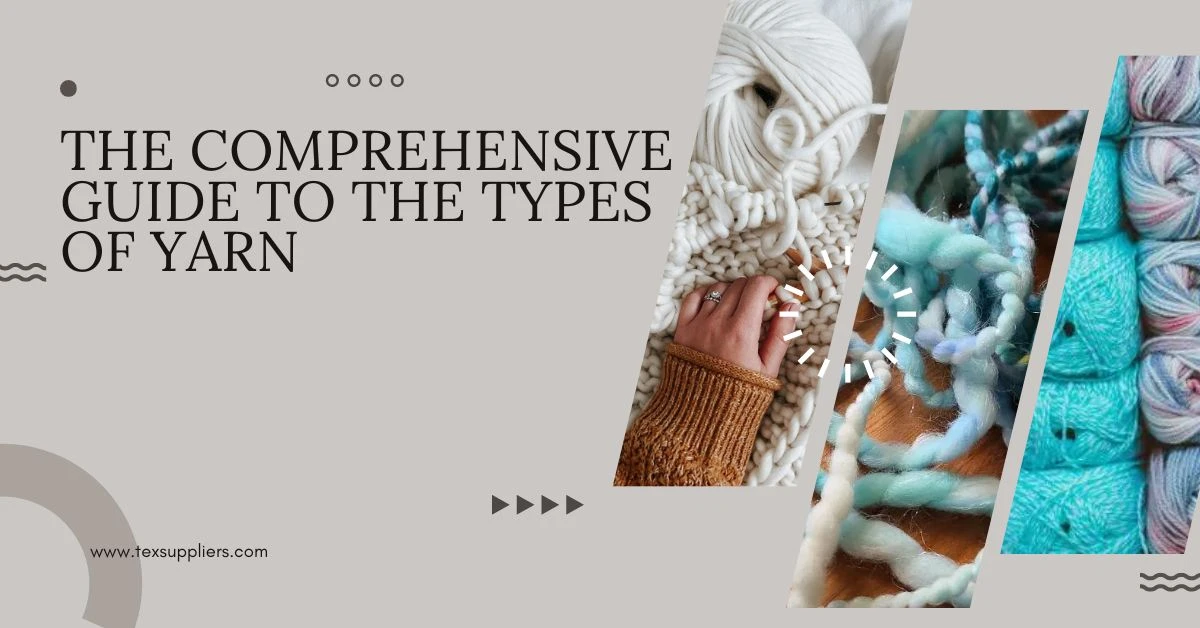
Comments - 00
Leave A Reply
Thanks for choosing to leave a comment.